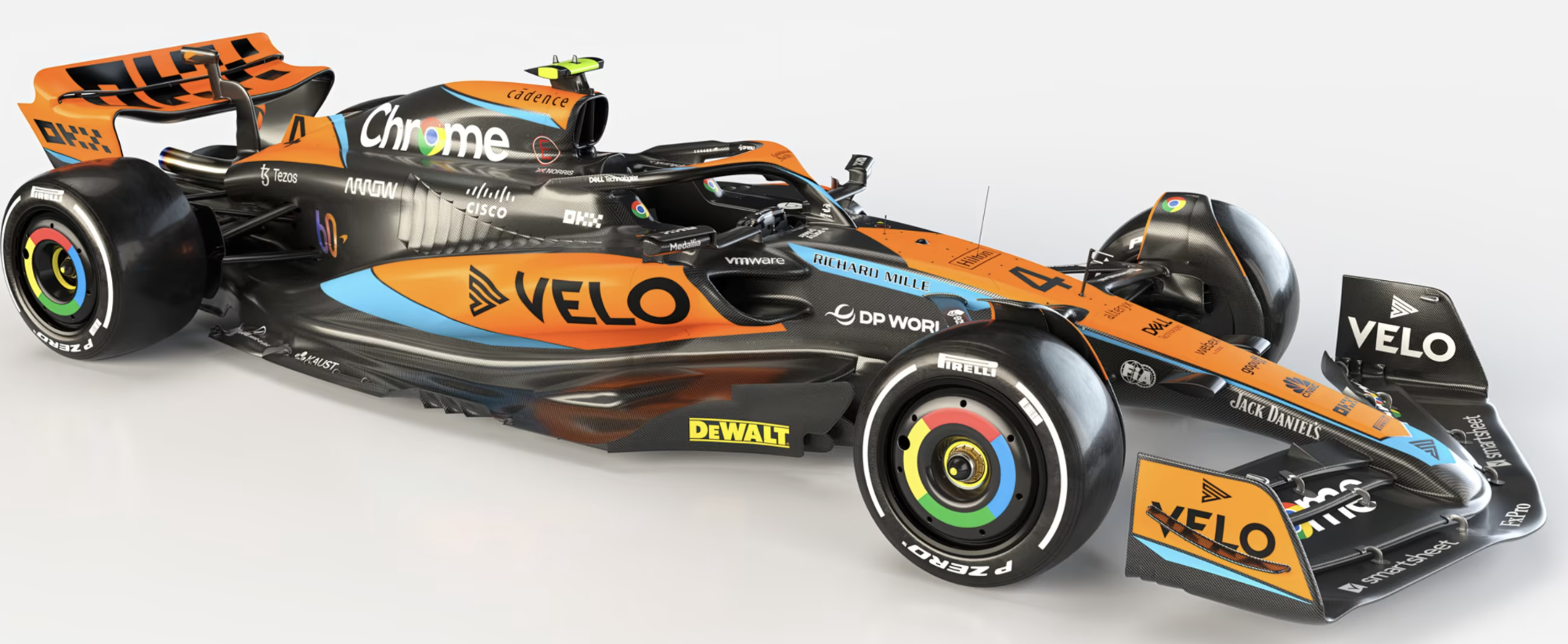
Brands have been using dynamic advertising in sports stadiums for a number of years. Now this new technology is making its way into more unusual places such as Formula 1 cars, driver helmets and even golf bags.
In Formula 1, McLaren has been leading the way in integrating digital ads into the world of motor racing. It started trialing the technolgy on its cars last year and this is the first full season of using them.
The digital panels allow the team to regularly change the branding for a major sponsor on the car while it races around the track. Google is currently using McLaren’s digital ads which allows it to rotate its other brands including Chrome and Android.
Louise McEwen, Executive Director of Brand & Marketing at McLaren Racing, spoke to Campaign Middle East about its advertising innovations.
“A lot of thought and consideration goes into where we place the panels. Consideration on viewing on the car, as it is important it is picked up by the onboard camera, and matching it up with where a partner’s ads are on the car.”
While the technology lends itself well to brands, McLaren is exploring the option of using the panels as an interactive opportunity to engage with fans. For example, real-time messages from fans could appear on the side of the cars.
The next step for McLaren is to add digital ads onto the driver’s helmet, below the chin, working with its long-term technology partner Seamless Digital.
“Being able to rotate different brands on our cars is a game-changer in this space and we are looking forward to seeing the impact this has on the wider industry,” McLaren Racing’s McEwen added.
McLaren undertook rigorous testing on the digital panels on its racing cars which have to withstand extreme heat, wet and high speeds.
Mark Turner, Founder and CEO at Seamless Digital, said: “By ensuring the technology works on a Formula 1 car we have already cracked the toughest place to innovate and are set to disrupt advertising across F1, motorsport, golf, US sports and ultimately, wider more mainstream use.”









